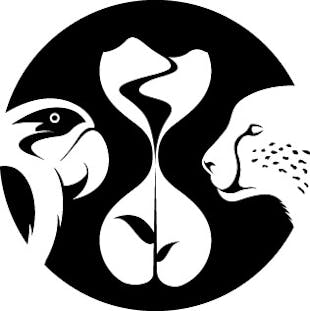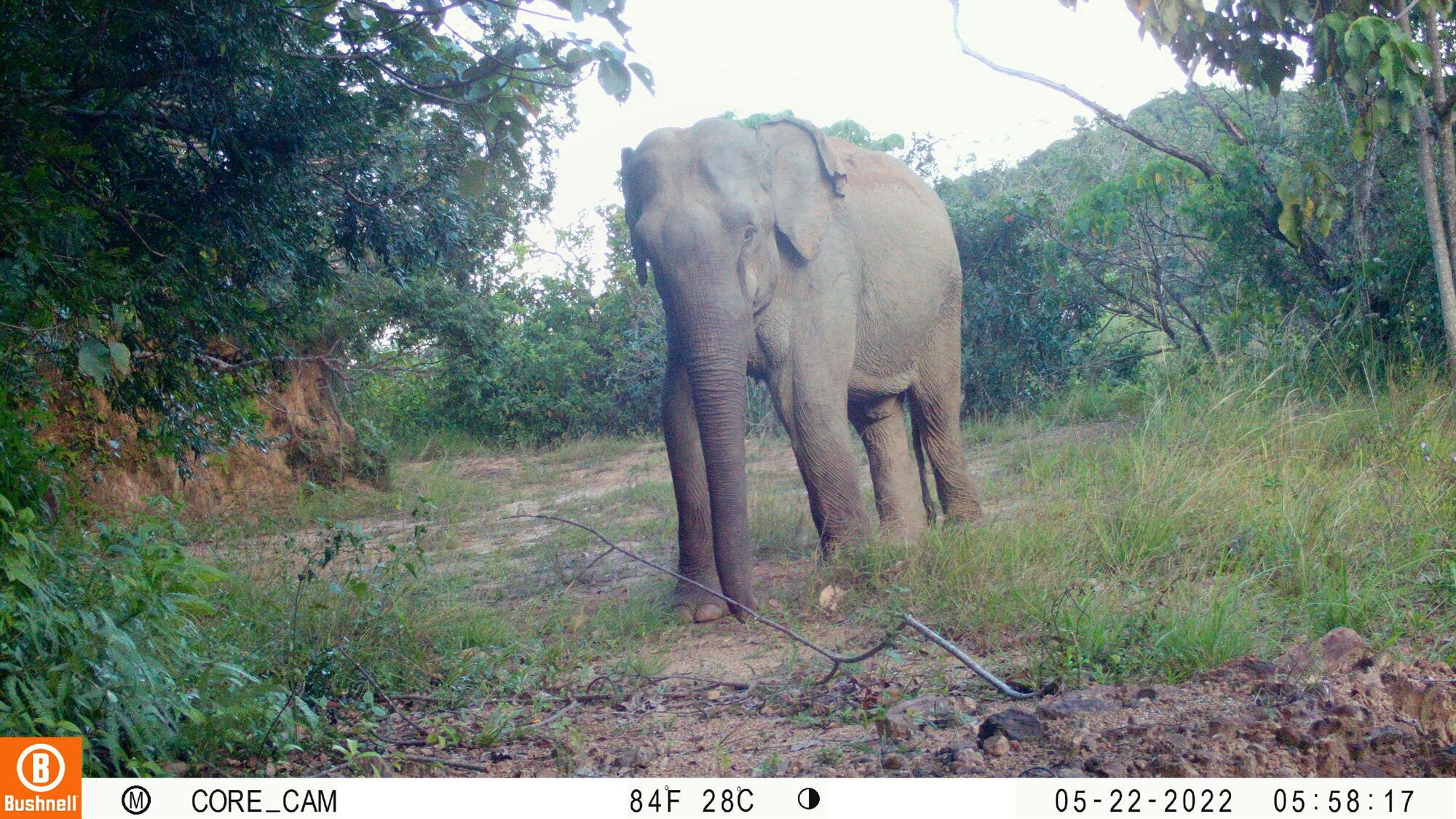In 2020, against a backdrop of massive forest destruction, Sri Lanka’s most active conservation entity, the WNPS, which is the third oldest conservation entity in the world, took a bold visionary step. WNPS set up a not-for-profit, referred to under the acronym of PLANT(PRESERVING LAND AND NATURE (GUARANTEE) LIMITED), which had an ambitious project called Emerald Trails. This aspired to forge private conservation initiatives and create forest corridors to connect critical protected areas within a part of the country where land was under the biggest siege while also being home to most of the island’s endemics.
The PLANT team became aware of a land margined by a forest reserve belonging to the Department of Forest Conservation near the border of the Uwa Sabaragamuwa provincial boundary. The land was rich with vegetation types and lay within the intermediate zone, and a narrow strip lies between the wet and the dry zones. Camera traps provided proof of this being a critical connecting migration route for a range of species, including leopards, tuskers, pangolins, and much more. This region is also part of the wider geography famous for precious gemstones in Sri Lanka, and some of the prospective buyers sought this land for mining purposes which would have caused massive environmental destruction.
The PLANT team approached QRFN for funding support since they had previously funded a land purchase for us. PLANT was fortunate to get some encouraging response through the interaction, which resulted in partial funding for the acquisition, where the gap to fund the balance was manageable for the PLANT team to bridge through other donors. The outcome was a successful purchase of this property in January 2023. The PLANT team conducted a rapid Biodiversity study in May 2023, and this site harbors 217 angiosperm species (215 species identified up to species level), including 29 endemic species, 170 native species, and 14 exotic, naturalized species. 20 species of them are protected under FFPO. Also, 34 species are considered as threatened (Endangered – 11, Vulnerable – 23) according to the 2020 Red List. This reconfirmed our belief in the tremendous value of this location and the critical connectivity and refuge it provides for so many species.

A camera trap captures a leopard in the foreground, while another leopard rests in the background. Photo credit: WNPS/PLANT
This particular location provided us with visually striking camera trap footage which helps provide proof of our work to the public and was also a key feature on the PLANT website. The acquisition of this second block also delivered solid momentum for PLANT to approach corporate and other donors to further build out our Emerald Trails initiative. Within just over two years, our footprint of coverage has exceeded 2,500 acres, and several sponsor partners have become part of the journey. The PLANT story has also been receiving some publicity locally, and we have been often calling out the pivotal role played by RFT and QRFN in getting us that momentum. While the PLANT journey continues, the team will be looking to improve the quality of forest in this property, address invasives, and look at acquiring smaller adjacent properties which may also need protection. The team is also looking to work with the local university on the research aspect along with the prior owner (an NGO called TERN, who had set up all the camera traps and prior data there and continues to support our work through camera trapping and monitoring, given our shared objectives).
Written by Sriyan de Silva Wijeyeratne.




